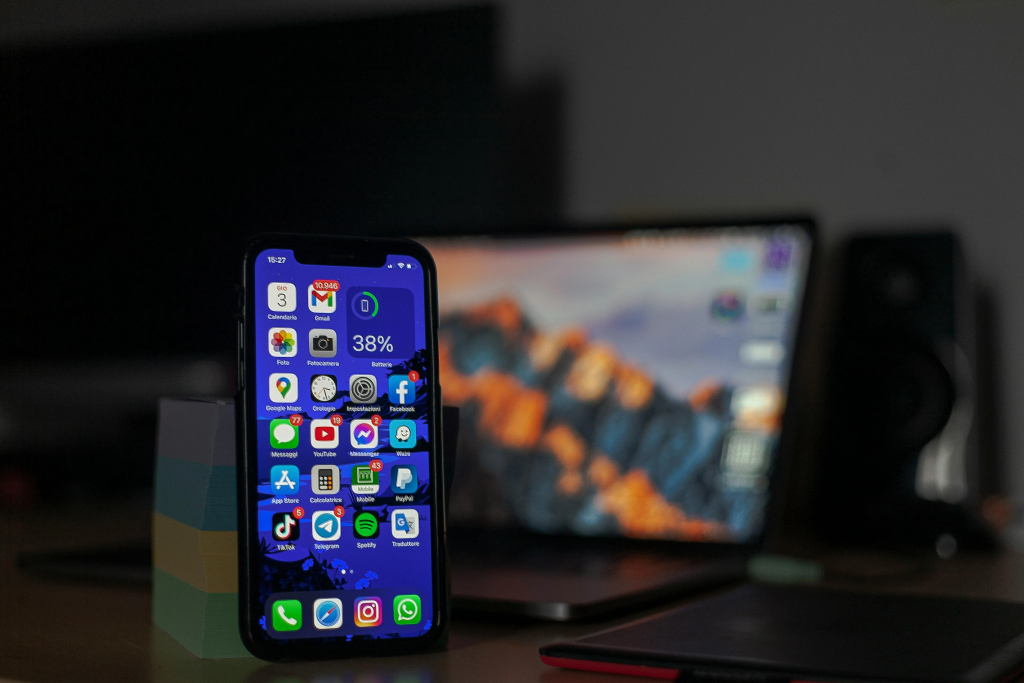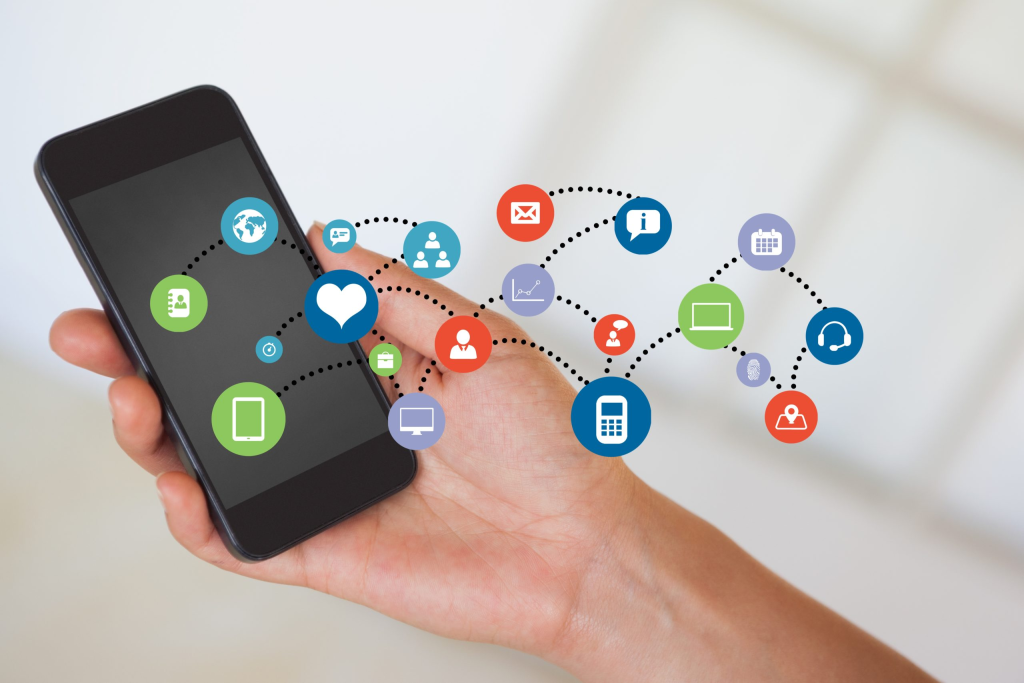In today’s competitive mobile app landscape, basic functionality is no longer enough to capture and retain user attention. As smartphone capabilities expand and user expectations evolve, successful applications must incorporate features that enhance usability, engagement, and overall value. This article explores the most popular and impactful features that define successful mobile applications today, going beyond core functionality to examine what makes certain apps stand out in crowded marketplaces. Whether you’re a developer looking to enhance your existing app or a business planning a new mobile experience, understanding these key features will help you create more compelling and effective applications.
User Experience Enhancements
The most successful apps prioritize features that make the user experience seamless and intuitive.
Personalization Capabilities
Today’s users expect apps to adapt to their preferences and behaviors:
- User profiles: Customizable accounts that store preferences and activity history
- Behavior-based recommendations: Suggesting content or actions based on past interactions
- Custom dashboards: Allowing users to arrange and prioritize features they use most
- Appearance options: Dark mode, font size adjustments, and theme customization
- Location-aware content: Adapting information based on the user’s geographic location
Streamlined Navigation
Efficient movement through the app significantly impacts user satisfaction:
- Gesture controls: Intuitive swipes, pinches, and taps for common actions
- Bottom navigation bars: Easy thumb access to main features on increasingly large screens
- Search functionality: Powerful in-app search with predictive suggestions
- Voice commands: Hands-free navigation options for accessibility and convenience
- Contextual menus: Presenting the most relevant options based on current activity
Performance Optimization
Speed and reliability remain fundamental to user retention:
- Offline functionality: Core features that work without internet connectivity
- Progressive loading: Displaying content incrementally to reduce perceived wait times
- Background processing: Completing tasks while users perform other actions
- Battery optimization: Minimizing power consumption during extended use
- Caching strategies: Storing frequently accessed data locally to improve speed

Engagement-Driving Features
Keeping users actively involved with the app requires specific features designed to maintain interest.
Social Integration
Human connection enhances almost any application:
- User-generated content: Enabling customers to contribute reviews, photos, or comments
- Social sharing: Seamless posting of app content to social media platforms
- Collaborative features: Allowing multiple users to interact within the app
- Activity feeds: Displaying friends’ actions or community updates
- Social authentication: Simplifying login through established social accounts
Gamification Elements
Applying game mechanics increases user interaction:
- Point systems: Rewarding specific actions with collectible points
- Achievement badges: Recognizing milestones and accomplishments
- Progress tracking: Visual representation of advancement toward goals
- Leaderboards: Friendly competition among users
- Challenges and quests: Structured activities with defined rewards
Interactive Content
Dynamic content creates more engaging experiences:
- Interactive tutorials: Guiding users through features by doing rather than reading
- Animations and transitions: Visual feedback that makes interactions feel responsive
- Augmented reality integration: Overlaying digital elements on real-world environments
- Interactive infographics: Explorable data visualizations that respond to user input
- Mini-games: Small, entertaining activities related to the app’s primary purpose
Communication and Connection
Effective communication features strengthen the relationship between users and app providers.
Notification Systems
Well-implemented notifications can drive engagement when used appropriately:
- Customizable preferences: User control over notification types and frequency
- Rich notifications: Including images, action buttons, and expanded content
- Scheduled notifications: Timing alerts for optimal user receptivity
- Event-triggered alerts: Sending information based on specific trigger conditions
- Progressive permission requests: Asking for notification access at relevant moments
Feedback Mechanisms
Two-way communication improves user satisfaction:
- In-app feedback forms: Easy ways to report issues or suggest improvements
- Contextual surveys: Brief questions about specific features or experiences
- Rating prompts: Strategically timed requests for app store ratings
- User testing recruitment: Inviting engaged users to test new features
- Visual feedback: Animations and haptics that acknowledge user actions
Support Integration
Accessible help improves user confidence:
- In-app chat support: Direct communication with customer service
- Searchable knowledge bases: Self-service information resources
- Guided troubleshooting: Step-by-step assistance for common issues
- Community forums: Peer-to-peer help networks
- Screen sharing capabilities: Direct assistance with complex issues

Data and Analytics Features
Smart data usage creates value for both users and developers.
Insightful Dashboards
Presenting useful information increases perceived value:
- Activity visualization: Graphical representation of user behaviors or progress
- Trend identification: Highlighting patterns in collected data
- Goal tracking: Monitoring advancement toward user-defined objectives
- Comparative analysis: Benchmarking against averages or previous periods
- Predictive insights: Suggesting future outcomes based on current data
Data Export and Sharing
Flexibility in how data can be used and accessed:
- Multiple format exports: PDF, CSV, and other shareable formats
- Automated reporting: Scheduled delivery of personalized reports
- Integration with other platforms: Connecting with complementary services
- Collaborative access: Sharing insights with team members or friends
- API access: Allowing advanced users to interact with their own data
Privacy Controls
Transparent data practices build trust:
- Granular permissions: Fine control over what information is collected
- Data usage explanations: Clear communication about how information is used
- Export and deletion tools: Compliance with data protection regulations
- Anonymization options: Using services without sharing personal information
- Privacy dashboards: Central location for managing all data-related settings
Technical Advancements
Cutting-edge technologies can differentiate apps from competitors.
AI and Machine Learning Integration
Intelligent features enhance functionality:
- Predictive text: Suggesting words and phrases based on typing patterns
- Image recognition: Identifying objects or text in photos
- Behavior prediction: Anticipating user needs based on past actions
- Natural language processing: Understanding and responding to conversational inputs
- Recommendation engines: Suggesting relevant content or actions
Voice and Biometric Features
Alternative interaction methods improve accessibility and security:
- Voice commands: Hands-free control of key functions
- Voice search: Finding information through spoken queries
- Biometric authentication: Fingerprint, face, or voice recognition for secure access
- Voice-to-text: Converting spoken words to written content
- Emotion detection: Responding to user mood through voice analysis
Cross-Device Functionality
Seamless experiences across multiple platforms:
- Cloud synchronization: Maintaining consistent data across devices
- Continuity features: Starting tasks on one device and finishing on another
- Companion experiences: Complementary functions on wearables or smart home devices
- Cross-platform design: Consistent interface across operating systems
- Adaptive layouts: Optimizing display for different screen sizes and orientations

Monetization-Supporting Features
For commercial apps, specific features can enhance revenue potential.
Subscription Management
Supporting recurring revenue models:
- Tiered options: Multiple subscription levels with different features
- Free trials: Risk-free testing periods with clear conversion paths
- Family plans: Multi-user options at attractive price points
- Subscription pausing: Flexibility to temporarily stop service
- Benefit visualization: Clear display of premium advantages
In-App Purchase Experience
Optimizing the buying process:
- Frictionless transactions: Streamlined payment flows with minimal steps
- Virtual currency: Intermediate exchange systems that simplify multiple purchases
- Time-limited offers: Creating purchasing urgency with special promotions
- Gift options: Allowing users to purchase for others
- Purchase restoration: Easily recovering previously bought items on new devices
Freemium Feature Balance
Strategic implementation of free and paid components:
- Value demonstration: Showcasing premium benefits within free experience
- Feature gating: Strategic decisions about which capabilities require payment
- Usage limitations: Caps on certain activities for free users
- Premium content: Special access to enhanced materials or experiences
- Upgrade pathways: Clear, contextual opportunities to convert to paid versions
Security and Trust Features
Protecting users and their data builds confidence and loyalty.
Authentication Options
Flexible, secure access management:
- Multi-factor authentication: Adding layers of verification beyond passwords
- Biometric login: Using unique physical characteristics for identification
- Single sign-on integration: Connecting with established authentication systems
- Password management: Strong password enforcement and recovery options
- Device recognition: Identifying trusted devices for simplified access
Transparency Tools
Building trust through openness:
- Privacy policy access: Easy-to-find, readable information about data practices
- Permission explanations: Clear reasons for requested device access
- Data collection dashboards: Visual representation of what information is stored
- Third-party service disclosure: Transparency about external tools and integrations
- Update logs: Detailed information about changes and improvements
Data Protection Measures
Visible security creates peace of mind:
- End-to-end encryption: Securing communications and sensitive information
- Automatic lockout: Protecting access after periods of inactivity
- Secure storage options: Encrypted areas for sensitive documents or information
- Privacy screens: Preventing visual data exposure in public settings
- Remote data management: Ability to access or delete information from lost devices
Implementation Considerations
Adding features requires strategic planning for maximum impact.
Feature Prioritization Framework
Not all features deliver equal value:
- User research alignment: Prioritizing based on demonstrated needs
- Competitive differentiation: Focusing on unique capabilities
- Technical feasibility: Balancing ambition with practical implementation
- Business goal support: Aligning features with overall objectives
- Maintenance requirements: Considering long-term support implications
Progressive Implementation
Strategic feature rollout maximizes impact:
- Minimum viable product: Starting with essential functionality
- Beta testing programs: Getting feedback on features before full release
- A/B testing: Comparing alternative implementations with user segments
- Feature flagging: Controlling access to new capabilities during evaluation
- Phased rollouts: Gradually introducing complex features to manage risk
Measuring Feature Success
Defining what constitutes a successful implementation:
- Engagement metrics: Tracking how features affect user interaction
- Retention impact: Measuring influence on user loyalty and continued use
- Conversion effects: Assessing how features contribute to business goals
- User feedback: Collecting and analyzing direct user responses
- Performance monitoring: Ensuring technical stability and efficiency
Conclusion
The most successful mobile applications go far beyond basic functionality, incorporating features that enhance user experience, drive engagement, facilitate communication, leverage data intelligently, employ cutting-edge technology, support monetization, and build trust through security. As user expectations continue to evolve, staying current with these popular features becomes increasingly important for app developers and businesses.
However, implementation should always be strategic rather than comprehensive. Not every app needs every feature described here. The most effective approach involves understanding your specific users, identifying their needs and preferences, and implementing the features that provide genuine value in your particular context. This targeted approach, rather than feature overload, typically results in the most successful applications.
As technology continues to advance and user behaviors shift, the landscape of popular app features will evolve accordingly. Staying attuned to these changes, while maintaining focus on user needs rather than trends for their own sake, provides the foundation for creating truly exceptional mobile experiences that stand out in today’s competitive marketplace.

